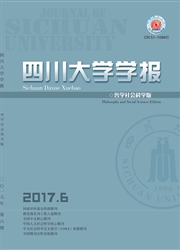

 中文摘要:
中文摘要:
随着现代灾害危机管理体系的普遍确立,灾害应对已被纳入到政府职能体系,同时也进入以官僚制为基础的正式组织体系。比较灾变情境与官僚制的特征,提出以"情境差距"概念为基础来把握灾害管理系统的本质属性,将灾害管理视为组织弥合情境差距的适应过程。继而构建了以"DRC类型学"为基础的组织灾害适应行为分析框架,以揭示现代灾害管理系统的应然特征,将灾害的组织适应划分为预案适应与组织自适应,并从规范与自发之间的逻辑关系出发,基于灾害危机的组织适应视角,探讨了我国灾害危机管理体系更新升级方略。
 英文摘要:
英文摘要:
With crisis management system being widely established, disaster reaction has been regarded as one of important government functions; meanwhile, disaster management system has also become part of formal bureaucracy organization. This article compares different characteristics between disaster situation and bureaucracy, and defines the gap between them as "situation gap". From the perspective of DRC typology, the modern disaster management system is an open and dynamic system, and planned response and improvisation are two steps of organizational adaptation to the gap. Finally, this paper puts forward some suggestions on achieving two kind of organizational adaptatibn. Key words: disaster crisis, situation gap, organizational adaptation, planned adaptation, self- organizational adaptation
 同期刊论文项目
同期刊论文项目
 同项目期刊论文
同项目期刊论文
 期刊信息
期刊信息
